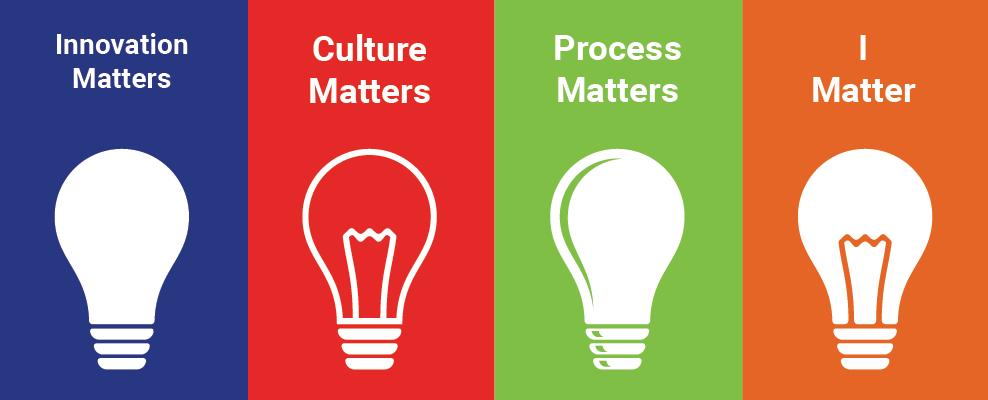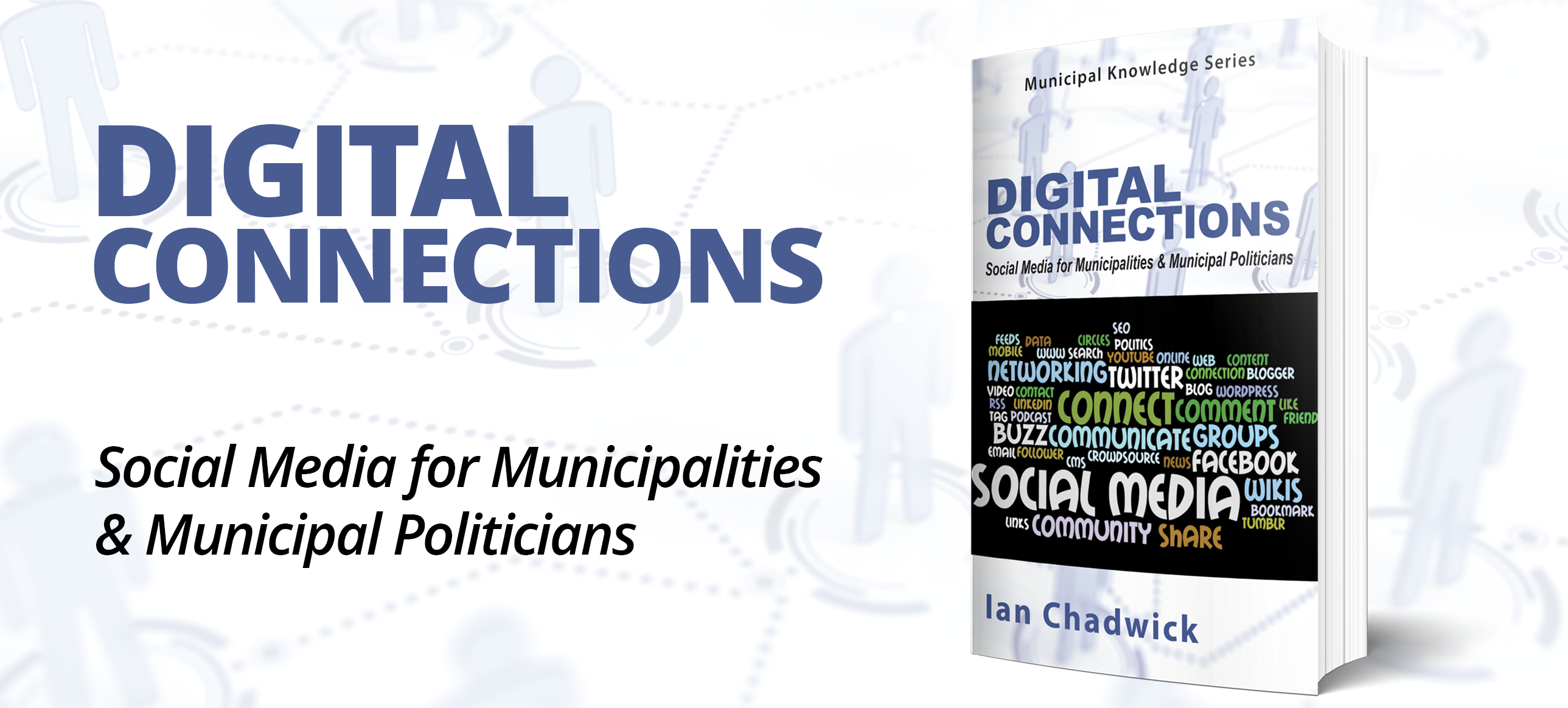Public sector or private sector - innovation is innovation

Over the past 15 years I’ve had the benefit of working with scores of private and public sector organizations – including Fortune 500 Corporations (consultants love using that phrase!), mid-sized enterprises, tiny startups, and federal, provincial, and municipal governments. People on both sides of the private/public divide are curious about one another, and assume that they are very different. But when it comes to innovation, it’s the similarities that are most striking. Here are four:
1. Innovation matters. Whenever I facilitate, I ask the group why innovation is important for their organization. And the answers are the same, regardless of sector.
• Innovation is a proactive response to the accelerated pace of change.
• Innovation allows us to improve the products and services we offer our users – whether they’re consumers or citizens.
• We need the best people – and having a demonstrably innovative culture is one of the ways we attract and retain the best employees.
2. Culture matters. Your municipality’s culture might have more in common with a local mid-sized engineering firm than it does with the next municipality down the road. There are municipalities (and private companies) that are highly innovative and routinely play high on the innovation curve; and of course there are also corporations, non-profits (and yes, even municipalities!) that are mired in the past, in politics, and their own ineffective ways of working.
The phrase “ways of working” is key here. A dictionary definition of culture is “…A way of thinking, behaving or working that exists in a place or organization.”
In short, a “culture of innovation” is one where you would see people across the organization “behaving and working” in innovative ways – doing innovation.
3. Process matters. Many of us, private and public sector, have a sub-conscious bias that “innovators” are a different breed (i.e. not me!), and that “innovation” has to look something like an iPod (i.e. a radical breakthrough!). Innovation mythology is full of stories of lone geniuses, eureka moments, and dream teams creating inspired breakthroughs.
In truth most innovation is accomplished by normal individuals and groups – what we call real teams – seeking breakthroughs to “everyday” challenges. What we see in healthy innovation cultures are individuals and teams everywhere in the organization using a structured process and tools that help them produce consistent results. In fact, our definition of innovation is: “A process that produces ideas, which add value when implemented.”
4. I matter. The beauty of this definition is that even in organizations that face significant barriers to wholesale organizational change, it is still possible for individuals and teams to use a structured process and tools to change the way they work. As individual contributors we have considerable power to create a micro-culture of innovation within our own spheres of influence. By doing so, we will produce better results, and create a ripple effect that will impact the organization at large.

Most organizations have a mandate to “be more innovative” – but they don’t know how to execute on that expectation. This is true in the private sector, and it’s true in the public sector. That’s where Juice Inc. comes in. Our i5 Process and Tools are the product of those fifteen years of experience and practice in the field. We have just embarked on a new partnership with Municipal World – and over the next several months, we will be sharing practical tips and tools to help you create an innovative culture within your municipality.
RICK BOERSMA is a Partner at Juice Inc., and the lead designer and leader for Juice Inc.’s Innovation Practice. A creative thinker, risk-taker and leader by nature, Rick Boersma epitomizes what it means to be innovative.He works with organizations to develop the discipline of innovation by embedding a structured process with practical tools.
as published in Municipal World, Nov 2016



